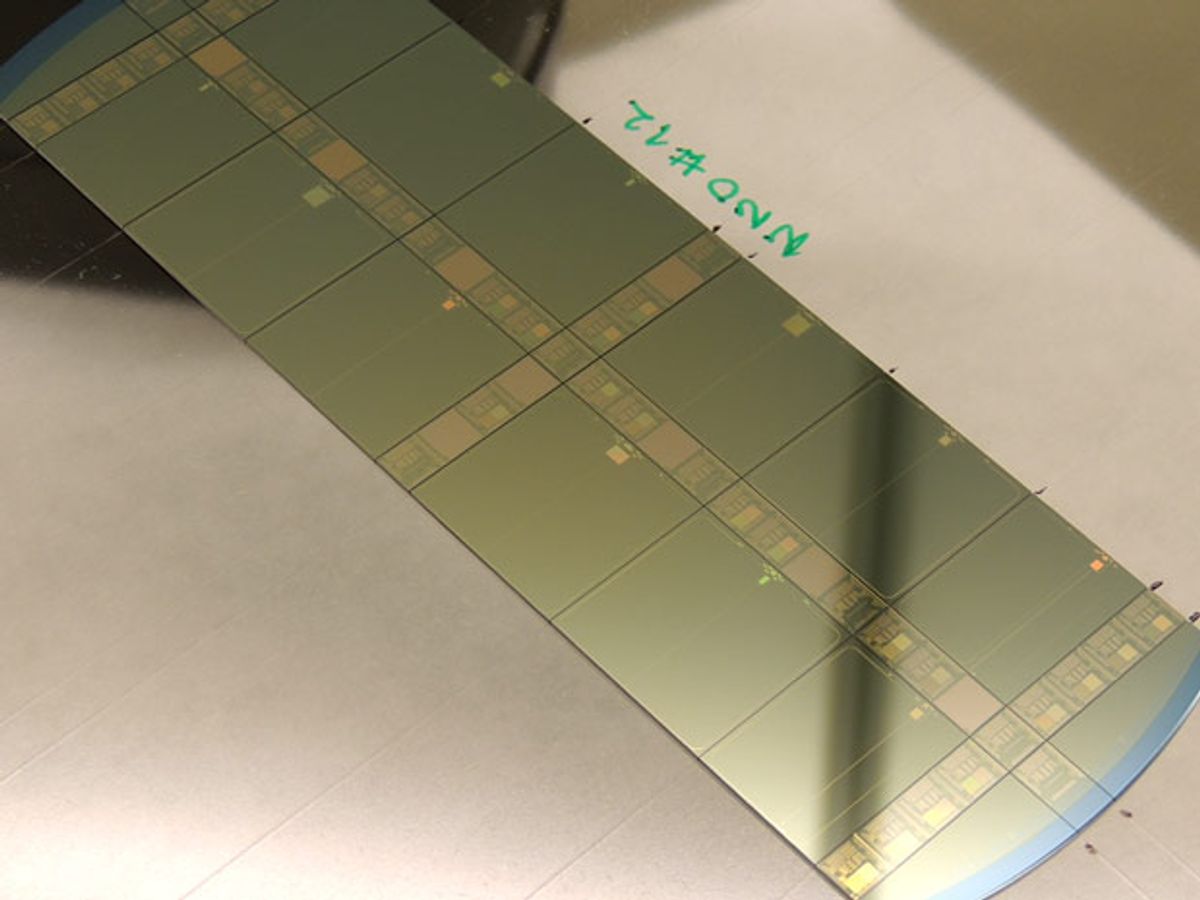During the 1960s, researchers at the Ford Motor Company developed one of the early practical applications of superconductors, the SQUID (short for superconducting quantum interference device). A SQUID consists of a superconducting loop incorporating two Josephson junctions—very thin insulating barriers in the superconducting loop. Cooper pairs—paired electrons that are not scattered by atoms and form the supercurrent—jump this gap, even when no voltage exists over the junction, a phenomenon called quantum tunneling. However, when a voltage appears over the Josephson junction, the current starts to oscillate at a very high frequency, with the frequency determined by the voltage.
The loop reacts even to extremely weak magnetic fields—as weak as those caused by neural currents in the brain—by setting up currents that cause the Josephson junctions to oscillate. SQUIDS are now used in areas of research as varied as magnetoencephalography and the detection of magnetic changes in the Earth's crust that might be the precursors of earthquakes.
During the 1960s, the researchers at Ford had a real hard time making Josephson junctions that worked. And even now, manufacturing them is difficult and costly. But a team of researchers at the VTT Technical Research Center of Finland in Espoo has demonstrated a superconducting magnetometer that does not require Josephson junctions. The group published its research in Nature Communications in September. The main point is “simplicity,” says physicist Juha Hassel, who took part in the research. “If you look at our structures, it is just one superconducting film. The squids, which we also make here at VTT, typically need about ten thin-film layers,” he says.
The basic component of their magnetometer is a 2-centimeter-diameter superconducting loop that, when connected to a capacitor, forms an LC circuit resonating at a fixed frequency (100 megahertz). The resonance frequency is determined by the capacitance of the capacitor and the geometric inductance of the loop (which depends on its size). When this loop senses a magnetic field, it sets up a current that counteracts it—a phenomenon somewhat comparable to the Meisner effect that occurs in superconductors placed in a magnetic field.
But the current not only stores magnetic energy in the coil (the more it can store, the greater the inductance), but also stores the kinetic energy from the moving electrons, called kinetic inductance. (In non-superconducting materials the kinetic energy would be dissipated because the electrons are immediately scattered by atoms, explains Hassel.)
Because of this added inductance, the coil becomes detuned from its original resonance frequency. "The amount of detuning can be measured, and it is a measure for the magnetic field," says Hassel. To measure the extent of the detuning, the researchers send a reference signal through the coil. The reference signal is set to the coil’s original resonance frequency—that is, what it would have been if not for the presence of the magnetic field. The amount by which the amplitude of the reference signal decreases indicates the extent to which the loop is detuned.
Although the sensitivity of this simpler device is slightly less than that of a SQUID, the Finnish researchers are confident that the sensitivity will improve with improved electronics. However, their magnetometer’s dynamic range is much greater than a SQUID’s. Its dynamic range is 600 nanotesla, compared with one nanotesla for a SQUID, reports Hassel. Another advantage is the absence of Josephson junctions, which in SQUIDS are affected by external fields. The team is confident that their device, because of its simplicity, will replace SQUIDS in many research fields, such as biomagnetism. "At the moment we still have to develop [our device] further," says Hassel.



